The most impossible technology from Star Trek
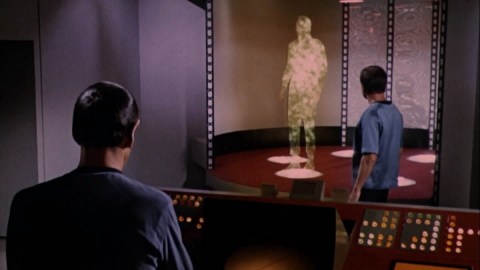
And it doesn’t mean we should give up, but it does mean we’ve got a lot of work to do!
“‘Star Trek’ says that it has not all happened, it has not all been discovered, that tomorrow can be as challenging and adventurous as any time man has ever lived.” –Gene Roddenberry
Fifty years ago, a new vision of humanity’s future first graced the world’s consciousness: the vision of Star Trek. The brainchild of creator Gene Roddenberry , it ran contrary to the dominant ethos of its time of a world filled with the pollution and destruction of humans, overrun with selfish, unethical behavior, war, strife and conflict. The future that people feared was one of nuclear winter, unsafe air and water, unethical treatment of one another and of technology further and further separating us from our humanity. And against that cultural backdrop was born the series of Star Trek.
Instead of a dystopian future where humanity brought about our own destruction, this was a future where technology existed to further the peaceful goals and ideals common to all humans. This was a future where the boundaries of states, nations and cultures were transcended. This was a future where the dream of the United Nations was extended to not just all of Earth, but to a myriad of planets beyond our Solar System: a United Federation of Planets. Where we peacefully coexisted, shared technology and resources and where the accumulation of wealth or power was no longer a driving force in anyone’s life. And the way we achieved that — in the Star Trek Universe — was through developments that benefited us all.
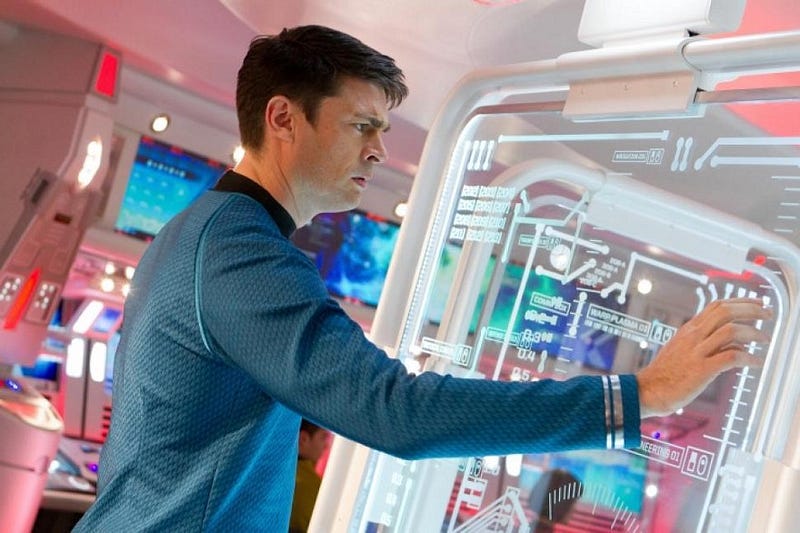
Fall ill? Medical technology has advanced so far that all you need is the state-of-the-art equipment and a savvy doctor, and you’ll be cured in no time. Need to communicate with someone on another world? Sub-space communication puts them within reach, at just the tap of a button on your shirt. Can’t understand their language? A “universal translator” renders that completely irrelevant, with on-the-fly translation of languages occurring instantaneously. Need to travel someplace a long distance away? Warp drive and a transporter will get you there in no time. Over the past 50 years, technology has evolved and progressed at a pace that would have been unimaginable to even a savvy technophile of the 1960s. While many of these “fantastic dreams” of the original Star Trek have already become a reality, a few of these technologies seem to be forever beyond our grasp.
Sub-space communication — aside from the fact that “sub-space” doesn’t exist — runs into the problem inherent to special relativity: no signal can move faster than light. If you want to send any information from one location in spacetime to another, you are limited by the distance in spacetime the signal must travel and the universal speed limit: the speed of light. Quantum entanglement can “cheat” this light speed, but can’t send any information, because the entangled particles needed to be created in an entangled state and then brought apart limited by the speed of light. Measurements you make to one particle will affect the outcome of the other, but this doesn’t transmit any information; sending a signal is not something you can do (at least, with our current understanding) via entangled particles.
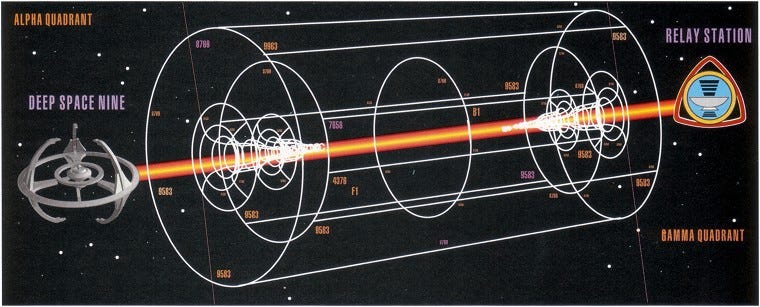
Warp drive, too, is a bit of a stretch. Thanks to some recent advances in general relativity, we’ve discovered a spacetime solution that admits faster-than-light travel from one location to another by the creation of a literal “warp field” within a bubble. There are huge obstacles that need to be overcome before this becomes a reality, however, including:
- the ability to create and then un-create this configuration of spacetime,
- the ability to place complex matter within it without destroying it,
- and the ability to accomplish all of this without requiring an energy source greater than, say, the entire mass-energy content of the Sun.
People are working on this, of course, but creating an ad hoc solution in general relativity is a very different story from having this be feasible technology.
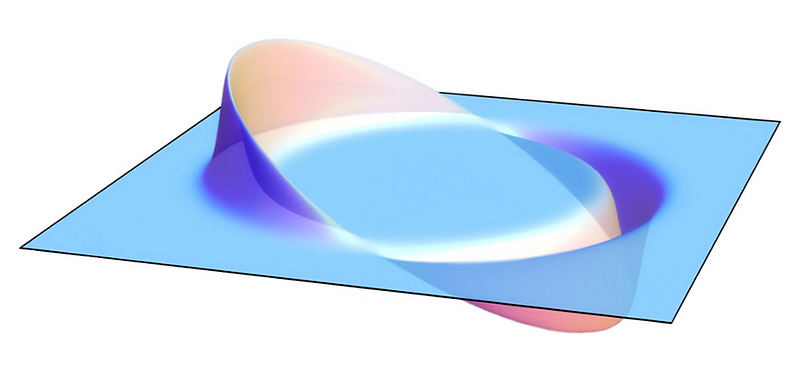
But most shockingly, the transporter of Star Trek seems to be one invention that’s forever beyond our reach, much to the chagrin of world travelers, would-be bank robbers and forbidden Lotharios everywhere. Sure, if you have a quantum particle on one side of a thin barrier, there’s a finite-but-non-zero chance it will wind up on the other side, even if it doesn’t have enough energy to get there. But for even a small collection of atoms, the probability of “tunneling” in that sense is so exponentially small, you could have every human that’s ever lived wait the entire age of the Universe and never have a single one move as much as a micron.
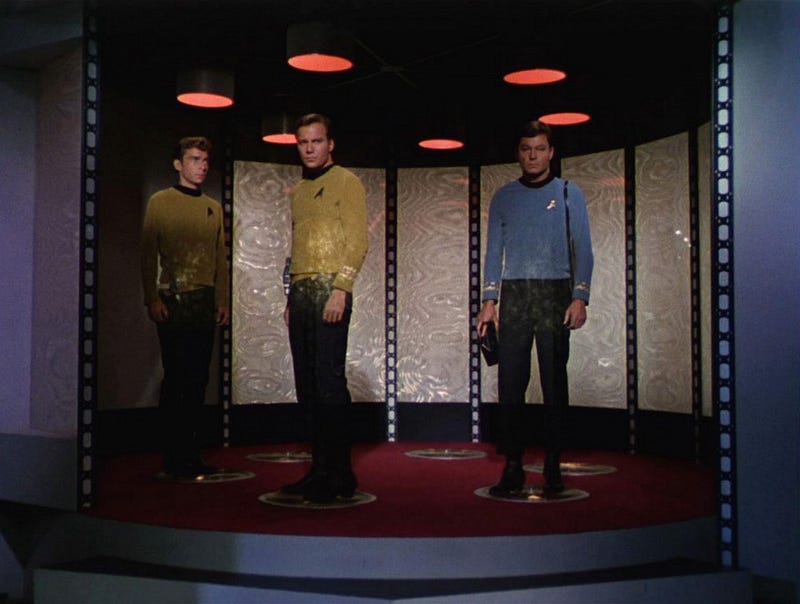
But that’s OK. The way the transporter allegedly works isn’t to move your actual atoms, but to teleport your information from one location to another, and to reconstruct you at your destination. In the original Star Trek, the range was understood to be finite and limited to a few tens of thousands of kilometers. In the recent Star Trek Into Darkness, there’s a teleportation from Earth all the way to the Klingon home world! While quantum teleportation is a real phenomenon, as Chad Orzel writes, it’s very different from how that’s conceived in Star Trek, especially considering that the transfer of information is bound by the speed of light, and the Klingon home world is around 90 light years from Earth!
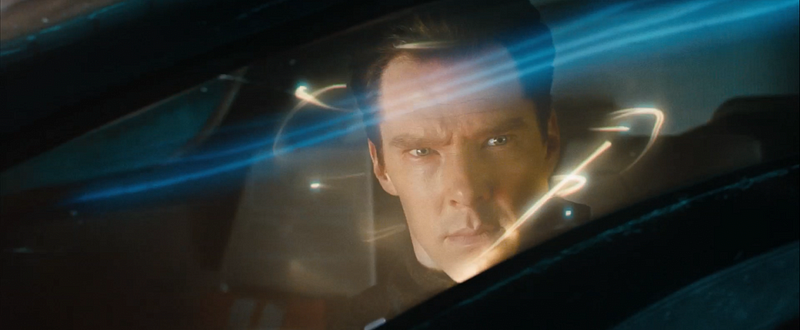
What you can do is transfer an arbitrary amount of information from one location to another through the process of quantum teleportation. The name is a bit of a misnomer, since this isn’t the teleportation of actual quantum particles, but of the information about the states of quantum particles. Make enough pairs of entangled particles between two different locations, and you can teleport that information from one location to another: you can move the state and the information of one object from point A to point B without having to move the object itself. This discovery was made in 1993 by the team of Charles H. Bennett, Gilles Brassard, Claude Crépeau, Richard Jozsa, Asher Peres and William K. Wootters in their paper, “Teleporting an unknown quantum state via dual classical and Einstein-Podolsky-Rosen channels.” It’s possible that combining this technique with the emerging technology of quantum computing could enable the entire information encoding a living human being to be scanned in and teleported from one location to another. Or, if you didn’t see any need to destroy you, the original copy, perhaps you could be cloned entirely via this process!
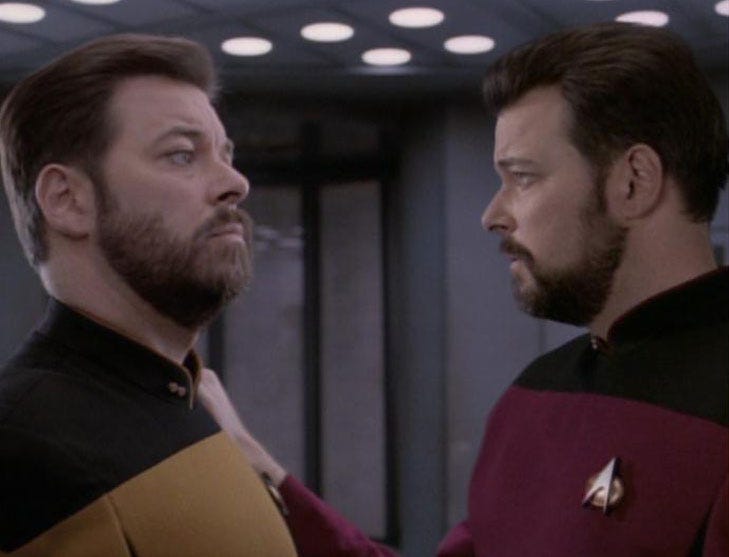
The challenge, however, is reconstructing that matter in the end state. Knowing what the information state of a human being is — including all their component particles — is one matter, but reconstructing that human being is quite another thing entirely. Despite a $14 trillion program launched by Russia — the National Technology Initiative — with the goal of teleporting a human being by 2035, it isn’t clear that this part of the technology is feasible given our current understanding of physics. To even dream of doing that would require not only putting all the particles that make you up back together in the same configuration, but with the same positions and momenta that they had before you were teleported. Think about the difference between a living human and a corpse of a human: there are no particles that are necessarily different, it’s simply the way those particles are positioned and moving in that configuration. But physics won’t even let you know those two pieces of information at the same time, much less reproduce them.
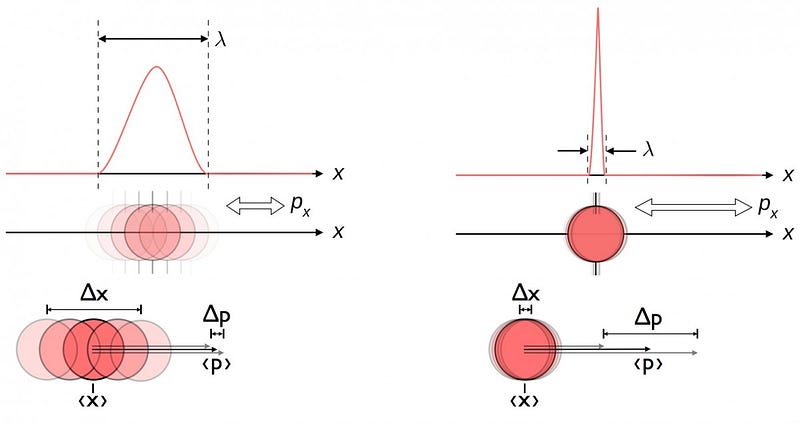
You see, there’s an inherent uncertainty between momentum and position for every particle, requiring that if you know one of those traits to a certain degree of precision, the other one becomes inherently uncertain so that the product of the two is always finite and non-zero. Lawrence Krauss, in his book The Physics of Star Trek, correctly identifies that one would need some type of hypothetical “Heisenberg Compensator” to account for this, which seems to violate the fundamental rules of quantum mechanics. When the Star Trek creators came up with the idea of Heisenberg Compensators, they were asked how they worked. Their response? “They work very well, thank you.” Unfortunately, this is one case where no matter how far technology advances, it will always be bound by the laws of nature.
This post first appeared at Forbes, and is brought to you ad-free by our Patreon supporters. Comment on our forum, & buy our first book: Beyond The Galaxy!





